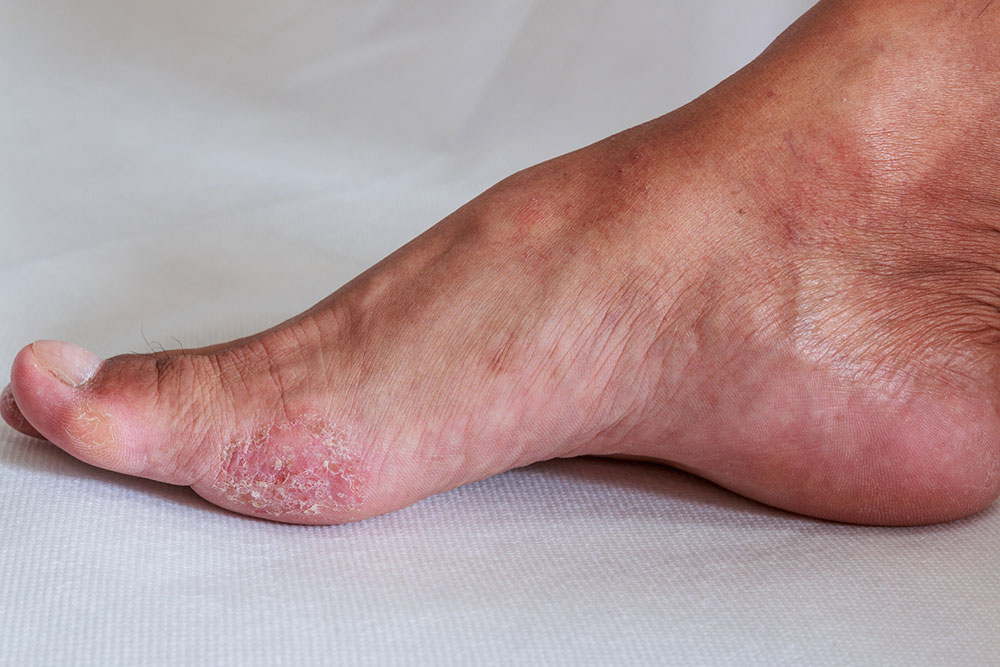
5 common types of fungal infections
Fungi live on the human body, and normally don’t lead to any health issues. However, in rare cases, these could cause a skin infection. Dealing with fungal infections can be an exasperating experience. While it definitely makes one cringe, fortunately, it isn’t a serious cause of concern. For a person with a healthy immune system, fungal infections wouldn’t spread beyond the skin and will be easier to treat. However, people who have a weak immune system should definitely seek a dermatologist’s help to keep the symptoms from aggravating.
Here are some of the most common types of fungal infections:
Tinea versicolor
Also known as pityriasis versicolor, tinea versicolor is a fungal infection that affects the epidermis, the topmost layer of the skin. The yeast that causes this condition thrives on oil glands. Therefore, this condition is typically observed in teenagers and young adults who are experiencing rapid hormonal fluctuations in the body. Tinea versicolor can recur even after receiving treatment. However, this fungal infection doesn’t cause bothersome symptoms such as itching and pain.
Ringworm
Unlike tinea versicolor, ringworm or tinea corporis causes noticeable rashes that are red and circular. Moreover, these are scaly and itchy. One is more likely to develop this fungal infection if they come in contact with a person or pet with ringworm or contaminated personal objects such as towels and combs. Fortunately, it can be treated with a topical fungal solution. Since it spreads easily, one should pay special attention to their hygiene habits and refrain from sharing personal items. Ringworm can also affect one’s scalp and beard. Such infections have to be treated with oral antifungal medications as creams and lotions are ineffective.
Athlete’s foot
A type of ringworm, athlete’s foot usually forms between the toes. It causes symptoms such as a burning sensation, itchiness, and cracked and peeled skin. Contaminated shoes and towels, and wet locker room floors are some mediums through which this infection spreads. Athlete’s foot can be treated with over-the-counter creams and lotions. However, if the symptoms are persistent and severe, the doctor will prescribe oral antifungal medicines.
Jock itch
A jock itch is an inflamed, itchy rash that develops around the groin area. It can affect both men and women; however, it is more commonly observed in men. Like athlete’s foot, this fungal infection is also a form of ringworm, and it is caused by a humid environment and sweat. Its symptoms can be resolved with antifungal creams and powder. One can prevent this fungal infection by practicing healthy hygiene habits such as keeping the groin area clean and dry, avoiding tight underwear and clothing, and frequently changing into dry and clean clothes.
Fungal nail infection
Onychomycosis or fungal nail infection affects the fingernails and toenails. It makes the nail brittle and thick, eventually causing it to detach from the nail bed. Fungal nail infection requires one to take oral antifungal medications as topical solutions don’t work. To prevent fungal nail infection in the future, one should ensure that they keep their feet clean and dry. Likewise, wearing shoes in public spaces and often changing their socks can protect one’s nails from catching the infection again.


